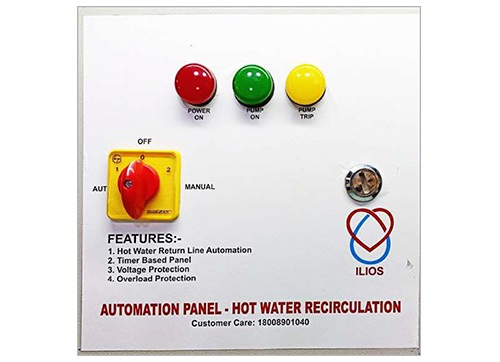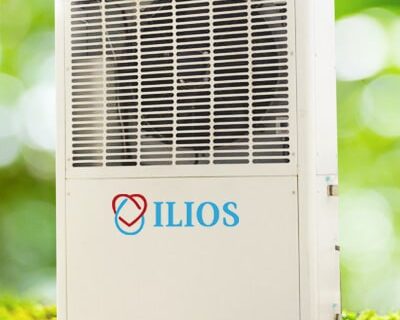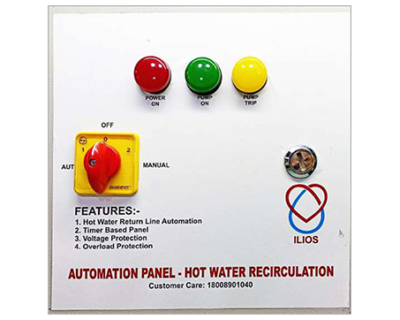Blog

Making Life Easier with Automation Control Panels
In today’s world, machines help us do lots of things faster and better. One amazing tool that does this is called an automation control panel. Let’s learn about what it does, how it works, and why it’s helpful in easy words.
Understanding Automation Control Panels
Think of an automation control panel like a big switchboard that tells machines what to do. It’s like the boss of a factory or building, controlling all the machines inside.
How Do Automation Control Panels Work?
Automation control panels work like brains for machines. They get signals from sensors or people, figure out what to do with that information, and then tell the machines what to do. For example, if a machine gets too hot, the control panel might make it cool down automatically or tell someone to fix it.
Benefits of Automation Control Panel
Let’s talk about why automation control panels are great:
- Make Things Faster: They help machines work quicker and better, saving time and money for businesses.
- Keep Everyone Safe: They can stop machines if something dangerous happens, keeping people safe.
- Make Less Mistakes: Automation control panels don’t make mistakes like people do. They make sure machines do things the right way every time.
- Control from Anywhere: People can use computers or phones to control machines from far away. This helps them keep an eye on things and fix problems quickly.
- Change and Grow: These panels can change and get bigger as businesses need them to. So, if a company grows or wants to do new things, the control panel can handle it.
- Save Money: Even though automation control panels can cost a lot at first, they can save money in the long run by making things work better and using less energy.
Applications of Automation Control Panels
These panels are used in many places, like factories, hospitals, and even traffic lights. They help with lots of tasks, such as making cars, controlling air conditioning, cleaning water, and managing traffic.
Common Components of Automation Control Panel:
Automation control panel have important parts that work together. Here are some of them:
- Brain (PLC – Programmable Logic Controller): This part of the control panel gets signals, figures out what to do, and tells the machines what to do.
- Touchscreen or Buttons (HMI – Human-Machine Interface): This is what people use to control the system. It can be a screen or buttons where they can see what’s happening and make changes.
- Sensors: These are like eyes and ears. They notice changes in things like temperature or movement and tell the brain (PLC) what’s happening.
- Actuators: These are like arms and legs. They do what the brain (PLC) tells them to do. They might move things like motors, valves, or pumps.
Understanding these parts can help people know how the control panel works and fix problems if they happen.
Advancements in Automation Control Panel Technology:
Automation control panel are getting better all the time. Some new things they can do are:
- Connect to the Internet (IoT – Internet of Things): Now, control panels can be connected to the internet. This means people can control them from far away, even from their phone or computer.
- Use Smart Thinking (AI – Artificial Intelligence): Control panels can now use smart thinking to make decisions. They can predict when machines might break and fix them before they do.
- Save Energy: New control panels use less energy. They have special features to use power better, like using less electricity when machines don’t need it.
- Stay Safe from Hackers: With more hackers around, control panels are getting better at protecting themselves. They have stronger locks and passwords to keep bad guys out.
These new things make control panels work better, use less energy, and stay safe from hackers.
Case Studies: Real-World Uses of Automation Control Panel:
Let’s look at some real-life examples of how control panels are used:
- In Factories: A factory uses a control panel to make things faster and cheaper. It can tell machines what to do, like moving materials or checking if products are good. This saves time and money for the factory.
- In Buildings: A big building uses a control panel to manage things like heating, lights, and security. The panel can talk to sensors and machines all over the building to make sure everything works well and saves energy.
- In Water Plants: A town uses a control panel to clean and send out water to people’s homes. The panel watches over things like filtering and cleaning the water. This makes sure the water is clean and safe to drink.
These examples show how control panels help in different places, making things work better and keeping people safe.
Conclusion
In the end, automation control panels are amazing tools that help businesses and industries do things better. They make machines work faster, keep people safe, and save money. As technology keeps growing, these panels will keep making our lives easier and better.




